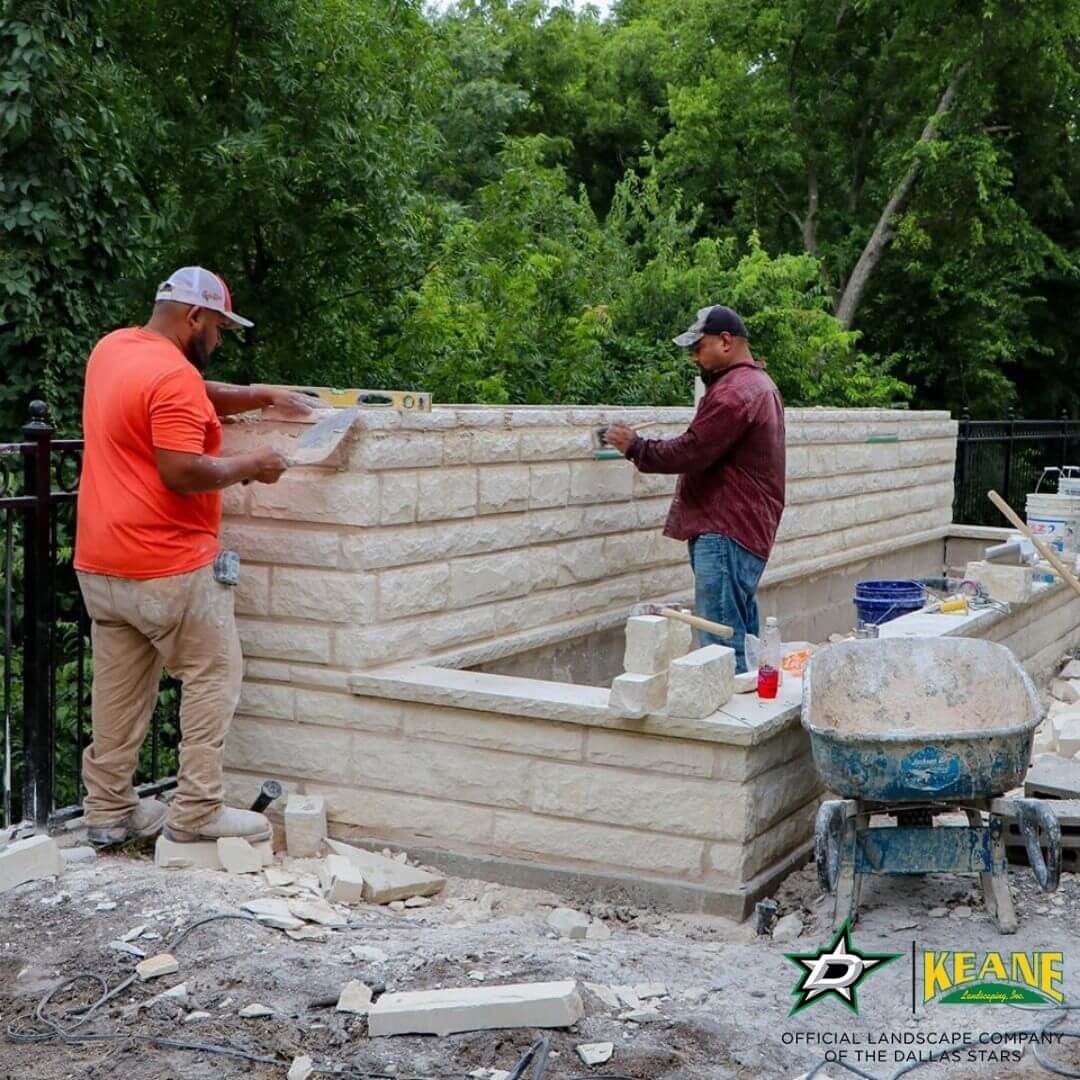Arrange a Chimney Sweep Today for a Tidy and Safe Fireplace
Wiki Article
Opening the Tricks of Sustainable Masonry Building Practices for Eco-Friendly Buildings
In the world of modern building, the search of sustainable methods has actually become critical. Amongst the myriad strategies to eco-friendly building, sustainable stonework construction stands out as a tried and true and sturdy method that holds a wide range of untapped potential. From the option of materials to cutting-edge building and construction techniques, the tricks to attaining sustainability within stonework construction are multifaceted and intriguing. By checking out the advantages, materials, methods, and future trends of sustainable stonework, a deeper understanding of exactly how these practices can shape the future of eco-friendly buildings arises.Advantages of Sustainable Stonework Building And Construction
Embracing sustainable masonry building methods not only reduces ecological influence yet also offers lasting financial benefits to home builders and neighborhoods. By using products like recycled blocks, blocks, and stones, contractors can dramatically lower the carbon impact of their jobs while advertising source performance. Furthermore, sustainable stonework construction strategies, such as proper insulation and thermal mass residential or commercial properties, can enhance power effectiveness within structures, resulting in decreased functional prices in time.Moreover, the durability and strength of stonework structures add to long-term economic advantages. Buildings constructed using lasting masonry techniques often need less upkeep and fixing, translating to cost savings for builders and homeowner. The long life of masonry materials additionally makes sure that frameworks remain secure and protected, minimizing the need for frequent restorations or substitutes.
Eco-Friendly Masonry Materials
Making use of eco-friendly masonry products is a critical action in the direction of enhancing the sustainability of building practices and minimizing environmental effect while making best use of long-term economic benefits. Lasting masonry materials are sourced, produced, and utilized in a fashion that reduces overall environmental effect. Products such as recycled bricks, reclaimed stone, and lasting cinder block are ending up being significantly preferred selections for eco-conscious contractors. Recycled bricks, for instance, not just draw away waste from landfills but also require much less power to create compared to new blocks. Reclaimed rock offers a distinct visual charm while minimizing the requirement for new quarrying. Lasting concrete obstructs integrate recycled aggregates and may feature enhanced insulation homes, adding to power performance in structures.Moreover, all-natural materials like adobe, rammed earth, and straw bundles offer excellent thermal mass homes, decreasing the demand for heating and cooling down energy. These products are typically in your area offered, advertising regional economies and lowering transportation-related carbon discharges. By picking environment-friendly masonry products, building and construction jobs can significantly minimize their ecological footprint and add to the development of healthier, much more lasting built atmospheres.
Energy-Efficient Stonework Techniques
Power performance plays a vital duty in enhancing the sustainability of masonry building and construction practices. By executing energy-efficient stonework strategies, contractors can dramatically minimize the general power consumption of a building, causing reduced operational expenses and a smaller environmental impact. One crucial energy-efficient masonry strategy is making use of thermal mass, which involves integrating thick products like concrete or brick right into the structure's framework to absorb and store heat. This helps regulate indoor temperatures, minimizing the need for mechanical heating and cooling down systems.
Technologies in Sustainable Stonework
Recent innovations in lasting masonry techniques have caused innovative strategies that are improving the building sector. One such advancement is the growth of self-healing concrete, which utilizes germs installed within the concrete to heal cracks autonomously. This breakthrough not only lowers maintenance prices yet likewise improves the resilience of masonry structures, adding to their sustainability.
One more noteworthy like this technology is making use of recycled aggregates in masonry building - masonry contractor. By incorporating materials such as smashed ceramic waste or recycled glass into concrete mixes, contractors can decrease the environmental impact of building tasks while maintaining structural honesty. This technique not just draws away waste from land fills but also saves natural resources, making it a crucial innovation in lasting stonework construction
Furthermore, the integration of digital design tools, such as Building Information Modeling (BIM), is revolutionizing the way masonry structures are intended and built. BIM enables even more accurate calculations, reduced product wastage, and improved energy effectiveness, ultimately leading to more sustainable building methods. These technologies jointly represent an appealing future for sustainable masonry building and construction in the period of environmentally friendly buildings.
Future Trends in Stonework Sustainability
With the ingenious strides made in sustainable masonry practices, the future fads in masonry sustainability are positioned to more change the building and construction sector. Among the key fads shaping the future of stonework sustainability is the increased combination of innovation. Developments such as Structure Info Modeling (BIM) and virtual reality simulations are being utilized to enhance masonry construction procedures, leading to decreased product waste and improved power efficiency in structures.Furthermore, the growth see this of novel lasting materials is established to play a considerable role in improving the eco-friendliness of masonry building. masonry contractor. Advancements like self-healing concrete, recycled aggregates, and bio-based binders are gaining grip for their capability to decrease environmental influence while maintaining architectural honesty

Conclusion
In final thought, lasting stonework construction practices provide many advantages for environmentally friendly buildings. By using environment-friendly products and energy-efficient methods, stonework can add to an extra sustainable developed setting. Developments in sustainable masonry are continually being created to better boost the ecological efficiency of structures. Looking towards the future, the trend of masonry sustainability is anticipated to expand, bring about even more ecologically friendly and energy-efficient building and construction techniques in the years to find.Report this wiki page